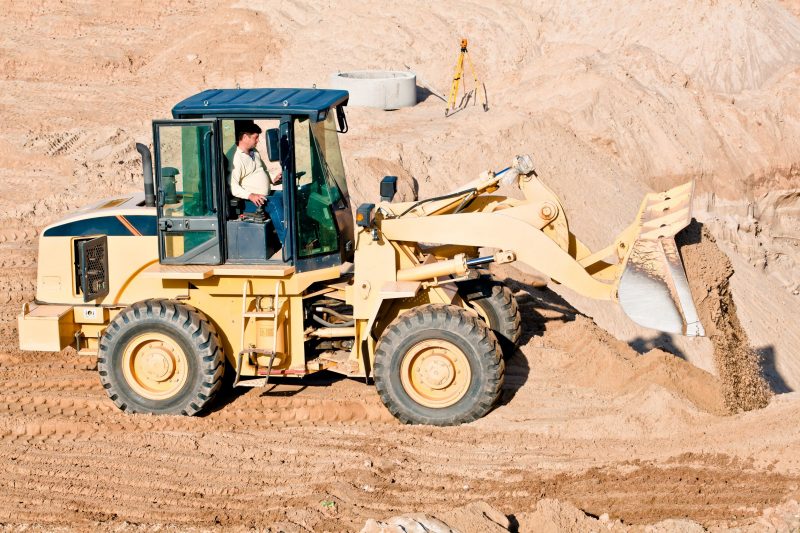Accurate weight measurement is essential in many industries. You may have seen large-scale weighing machines and equipment in different warehouses. This equipment is very different from the traditional weighing machines that most people use in their homes. There are many reasons for this. For starters, industrial weighing machines are incredibly accurate and precise. They are also much bigger and can be used for weighing extremely heavy loads. For instance, some machines have the capability of weighing loads up to 1,000 pounds or more.
Most industrial weighing machines are fitted with load cells. A load cell is defined as a transducer that can convert a mechanical force input to an electrical output signal. They are also referred to as load sensors or load transducers, and are installed underneath the weighing machine. Whenever a weight is kept on top of the machine, the mechanical force presses onto the load cell. The cell converts this mechanical force input to an electrical signal, which is sent to the indicator. The indicator then shows you the weight reading. As you can imagine, if the sensor isn’t properly calibrated or if there’s something with the sensor, the weight readings will not be accurate.
Replacement
With the passage of time, these load cells tend to get worn out. On the surface, they all look the same. However, underneath, high-quality cells have a conduit adapter as well as proper sealing, which prevents the cell from being exposed to moisture. Most high-quality cells also have matched parameters to provide higher accuracy and easy access during installation. You can’t replace the cell on your own, especially if you have no experience in handling the weighing machine—so you’ll have to rely on a professional.
Types
Load cells are available in many different types. For instance, the single point load sensor is mainly used in floor scales, certain OEM applications, and packing and bench scales. They are extremely precise, and must be calibrated electronically before use.
On the other hand, compression load points are designed for rough and tough performance without compromising on safety. The load sensor installed in these points is much more precise and accurate as compared to ordinary ones. Each point also comes with a separate maintenance and installation manual that you can use in order to get instructions on how to install the load point in the machine.
Before you start purchasing different types of load sensors, you need to know certain things. For instance, you need to know which types of load sensors are compatible with your weighing machine. Refer to the installation and construction manual in order to get an idea of the different load points that are compatible with your machine.



